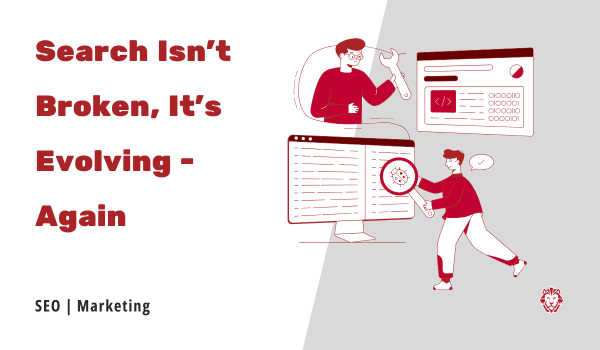
Should Your Marketing Team Stay Remote?
Last week I wrote to you about the upcoming opportunities to “buy low” on event and experiential marketing opportunities thanks to the light at the end of the tunnel, but that doesn’t mean “these unprecedented times” are behind us yet. So the question remains- should you keep your marketing team remote? And if so, for how long? Some of you are probably wondering if it makes sense to ever return your marketing team to the office.
In our case, the Fidelitas team is still largely remote. This has much more to do with our primary location (Southern California) and our team’s sentiment than with science or the latest testing numbers. We’ll eventually get back into the office, but we’re not in a rush. In the case of our loyal marketing leaders reading along, there are a few key factors you should consider before making any changes to your existing model of operation.
OBVIOUSLY, THE HEALTH AND SAFETY OF YOUR TEAM HAVE TO COME FIRST.
If you have a single immunocompromised person on your team (maybe you know) or in the home of someone on your team (you probably don’t know), those people are attempting an unenviable balancing act between being present and contributing to your team and keeping their loved ones safe. Any failure to exercise all available measures to keep your team safe will directly impact your ability to lead your team. The trust will be gone. In an instance where you’re not the final decision maker on such things, going to bat for your team with the C-Suite to secure remote working opportunities is not only the right thing to do, but will earn greater buy-in and trust from your team.
ONLY AFTER HEALTH AND SAFETY HAVE BEEN TAKEN INTO ACCOUNT, PRODUCTIVITY NEEDS TO BE CONSIDERED.
Only you and your team will know for certain how working remotely has impacted your team’s productivity. For some teams, like ours, there were no discernible drop-offs. For other marketing leaders that noticed a reduction in productivity, they’ll need to consider whether that reduction was induced by pandemic-related factors, such as kids being kept home from school, that will resolve themselves over time, or if remote work just isn’t an ideal fit for them. Other teams have seen themselves freed from bureaucratic time-sucks like unnecessary meetings and have found themselves getting more done in less time working remotely. Only you and your team can answer this one.
MARKETING LEADERS SHOULD CONSIDER THE STRATEGIC ADVANTAGES OF CONTINUED REMOTE WORK.
Marketing leaders that keep their teams remote will benefit from a wider talent pool to draw from in comparison with their local markets. Remote work can also allow for improved work-life balance and countless hours of saved time without commutes. It can also blur the lines of what work must be kept in-house or outsourced.
Before the pandemic hit, we had a recruiting advantage with work-from-home Fridays as a perk at Fidelitas. Inadvertently, we were better equipped to go remote full-time when COVID hit because we were already remote 20% of the time anyway. Even some version of the hybrid model I just described could help turn your brand into a magnet for top talent while remaining prepared if, God forbid, we’re ever forced into another work-from-home situation.
THAT SAID, ZOOM-FATIGUE IS REAL.
Marketing leaders must make it ok for their teams to leave video off as much as possible while working remotely. The pressures of being “always-on” and maintaining a performative state of mind are impacting the work quality and mental health of employees. And the trade-off is… you don’t have as many bloopers like these.
Marketing leaders should ere on the side of caution in bringing their teams back to the office. But beyond safety, leaders need to consider what’s best for their teams. It’s in the best interest of their brands to do so.



